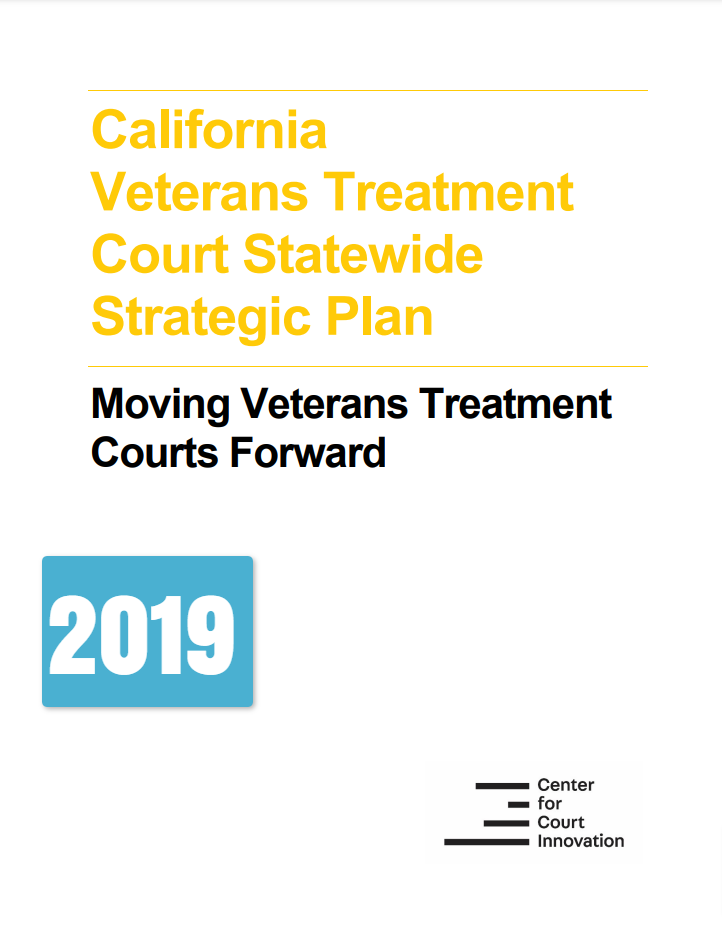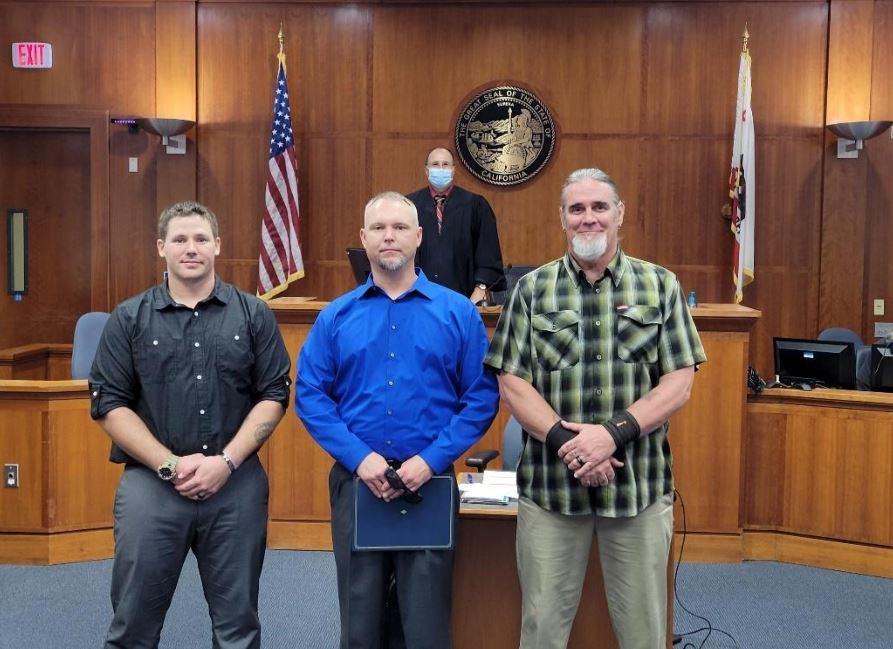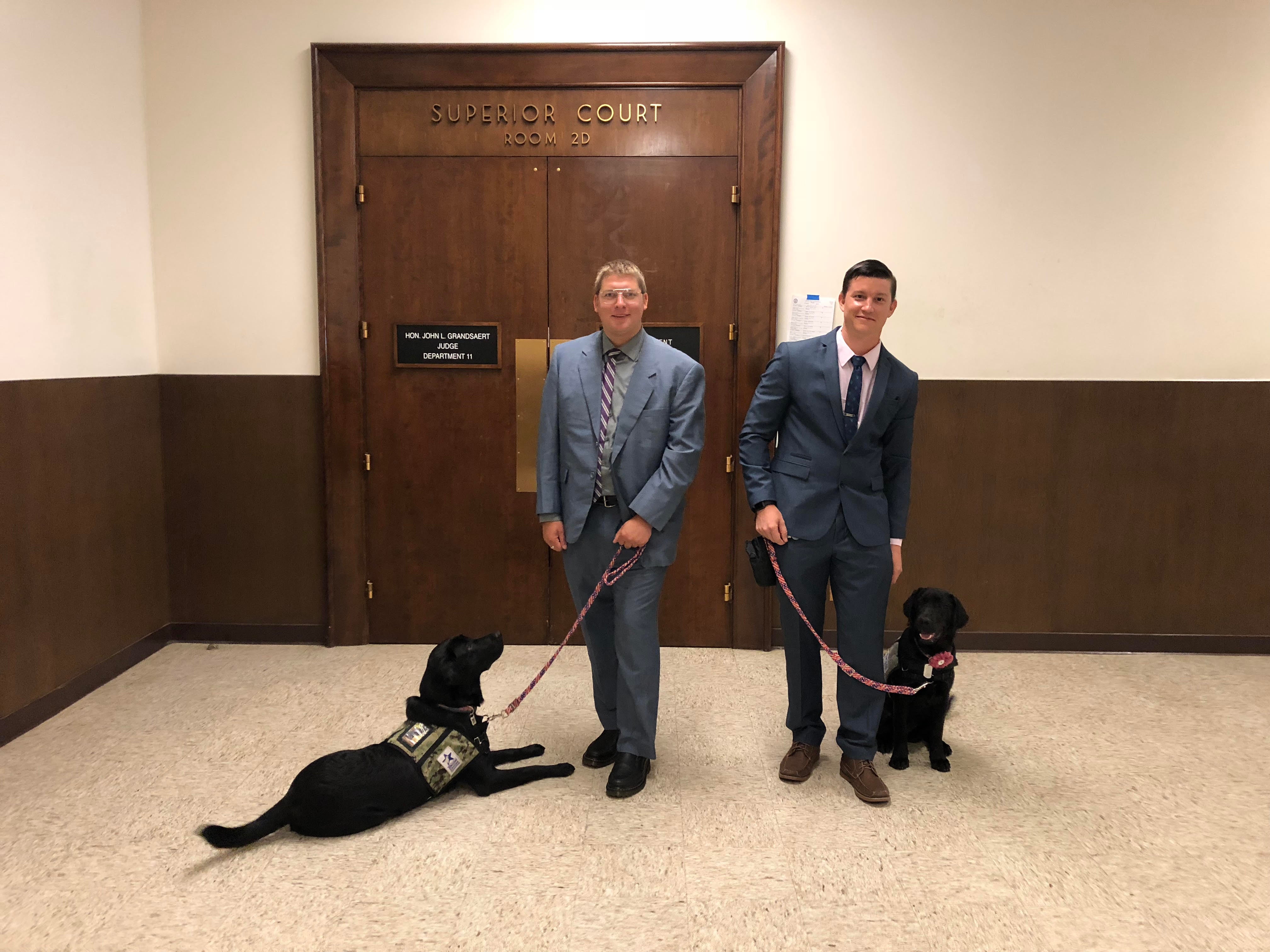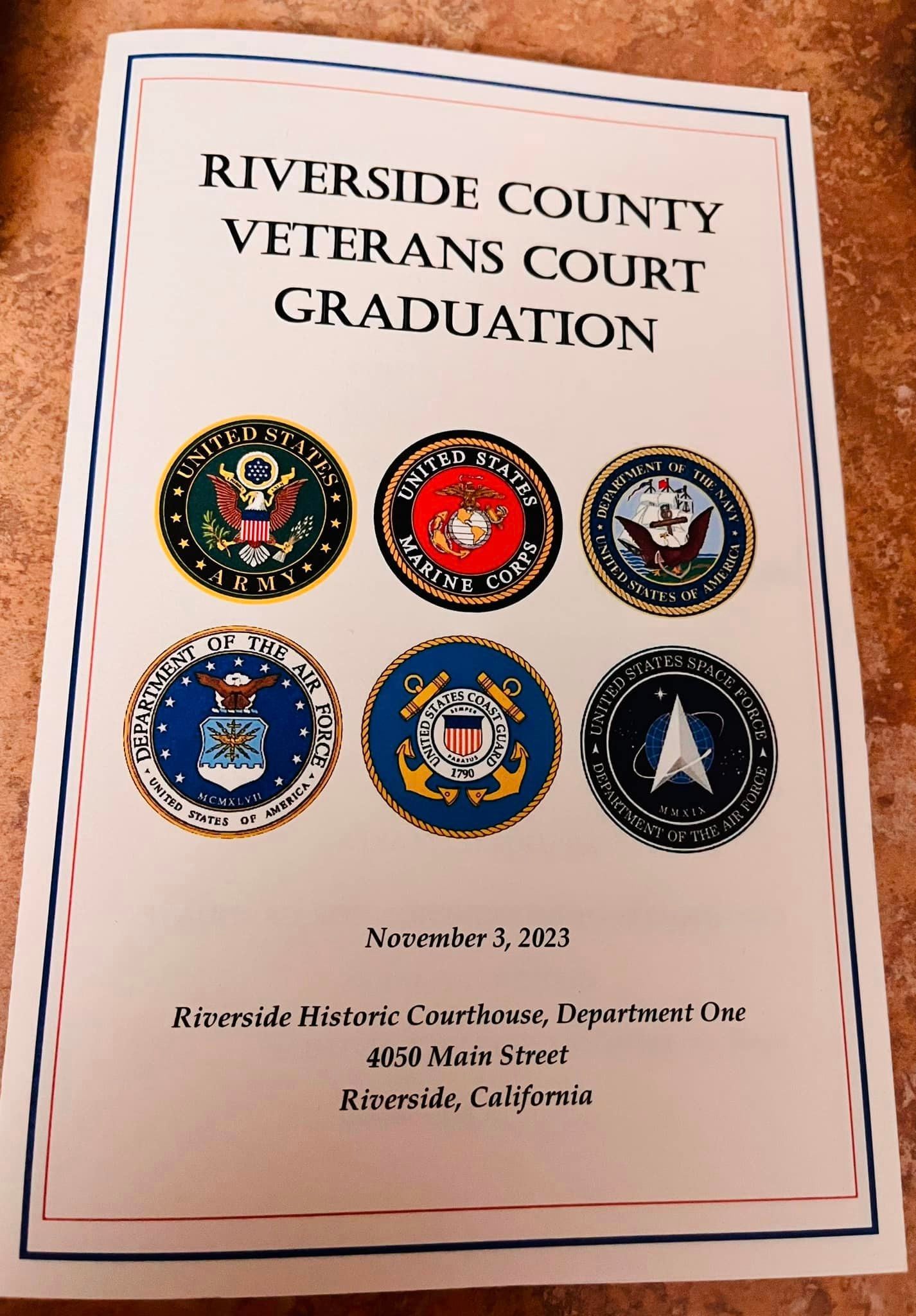
Legislation, Innovation, and Federal Funds Expand Court Diversion Programs for Veterans
This May, California courts and the Judicial Council join the nation in commemorating Military Appreciation Month and Collaborative Treatment Court Appreciation Month. More than 400 collaborative courts are in operation in all but three small jurisdictions, with many jurisdictions having four or more types of collaborative courts. Statewide, 46 of these courts focus on veterans.
Five Things to Know about Veterans Treatment Courts (VTC):
- The model was founded in Buffalo in 2008 by Judge Robert Russell
- In 2009, the Orange Superior Court became the first court in California to open a VTC program
- In 2014, the California Legislature enacted Penal Code section 1170.91, which gave judges greater discretion in sentencing
- In 2019, the Judicial Council collaborated with stakeholders to create a Statewide Strategic Plan for VTCs
- Today, 36 counties in California offer 46 VTC programs (Veterans Treatment Court Locations)
| 70% of defendants finish their program, 75% are not rearrested for at least two years after, according to the National Association of Drug Court Professionals. |
In 2009, California's judicial branch saw a new trend emerge—the development of Veterans Treatment Courts launched in partnership with the California Department of Veterans Affairs (CalVet) and local service providers. Fifteen years later, the momentum continues with 46 VTCs offering qualified veterans charged with a crime an alternative to incarceration. By participating in these programs, which average 18 months, they are also offered the treatment they need to overcome trauma and get support for reintegrating into civilian life, if needed.
Local Court Models
Flexibility is at the core of every collaborative court. Each program determines its own eligibility standards and areas of focus. For VTCs, some concentrate on stabilizing family life, while others work on securing employment and housing. All prioritize treatment to help participants overcome trauma, addiction, and other mental health-related issues. Today, courts are expanding their partnerships in creative ways and making their VTC programs an even more appealing alternative.
For example, at the San Mateo County Superior Court, Judge Michael Wendler has welcomed dogs in the courtroom, literally. The organization Warrior Canine Connection (WCC), with support from the Bob Woodruff Foundation, offers VTC participants the opportunity to train dogs to subsequently serve physically-disabled veterans. The connection has proven a win-win for all involved. Today, VTCs in Santa Clara, Santa Cruz, and San Francisco Counties offer WCC as a community service option for participants.
“The time that our veterans spend with the dogs has been so therapeutic for them, and so valuable for the disabled veterans that the dogs will ultimately serve,” said Judge Wendler.
The model set by the Riverside County Veterans Treatment Court is to heal the "physical and invisible wounds" of Justice-Involved Veterans (JIV) who have served. This past November, Riverside County Judge Randall Stamen presided over the graduation of 21 participants.
"Our VTC program serves men and women, in their early twenties and into their seventies—all have enormous potential, and we're here—judges, lawyers, a long list of mentors, social workers, therapists, and some are veterans themselves," says Judge Randall Stamen. “Every single day the VTC team sees veterans realize their potential while greatly reducing recidivism. All of us feel fortunate to be involved in the VTC program and I am truly honored to be a VTC judge."
Feds Give Local Courts a Boost
In 2020, Congress passed the Veterans Treatment Court Coordination Act directing the Attorney General to establish and carry out the Veterans Treatment Court Grant Program. The U.S. Department of Justice's Bureau of Justice Assistance (BJA) manages the grant program funding local efforts throughout California.
For the VTC team in Butte County, BJA funding will help expand the program to 30 participants. The program launched in 2015.
“We got started almost a decade ago, so we've been at this for some time," said Butte County VTC Judge Michael P. Candela. "We all feel practiced and prepared enough to expand treatment and rehabilitation to a larger group and for us to focus on getting these folks back to being productive members of society. We wouldn't be able to do it without the support from BJA.”
In Solano County, the VTC program, also in its 10th year, will use a BJA grant to innovate the way qualified participants are identified.
"Here in Solano County, we're home to the Travis Air Force Base and the former home of Mare Island Naval Yard, so our community has a long and strong connection with our military," says Judge Dan Healy, who presides over the Solano County VTC program. "When veterans get entangled with our justice system, often times it arises from the trauma of their service. I feel we owe it to them to actively seek them out, to get in front of them with their options, and to say 'there is meaningful support available for you and it starts here,' because that's what they deserve from us, a chance to do and be better."
Over half of the VTCs who provided data for a 2020 Judicial Council report to the Legislature reported a successful completion rate of 90%–100%. But the report also found that "more research is needed to make a definitive statement about recidivism."
In 2019, nine states, including California, received federal assistance for statewide teams to plan VTCs. California's strategic plan was created with assistance from the Center for Justice Innovation (formerly the Center for Court Innovation). This April, representatives from California—Justice Eileen Moore, Judge Michael Wendler, and Judge Dan Healy—participated in a two-day VTC Summit at the National Veterans Resource Center in Syracuse, New York, hosted by the Center for Justice Innovation. At the summit, grantees assessed new approaches for serving the needs of veterans involved in the justice system.
“The technology we learned and adopted out of need during the pandemic is now working to serve those who really have a difficult time coming to court for a variety of reasons,” says Justice Eileen Moore, a veteran and chair of the Veterans and Military Families Subcommittee of the Judicial Council's Collaborative Justice Courts Advisory Committee. “Today, our collaborative court participants have a higher chance for success because we skilled up and are more accessible to them and our justice partners.”






